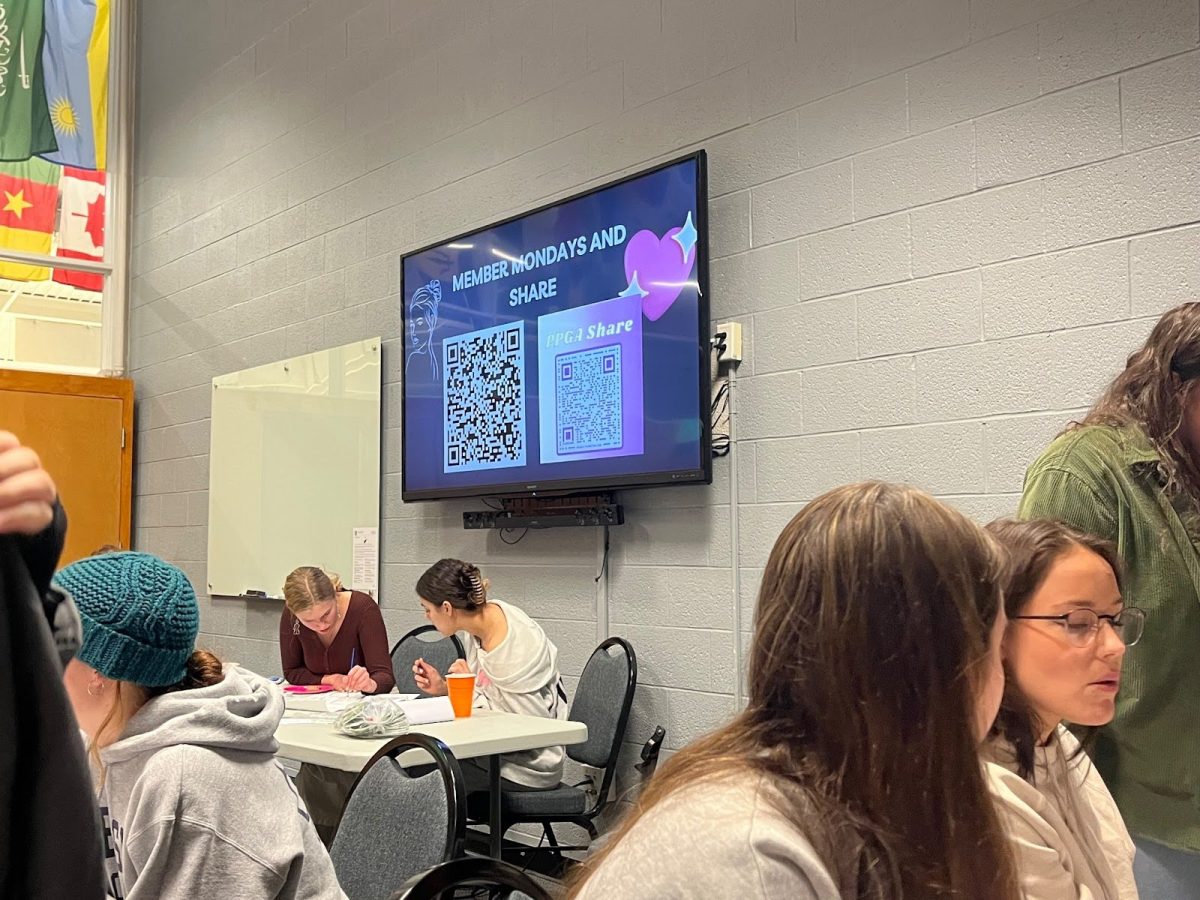UNH’s Geospatial Services Center celebrated its annual Geographic Information Systems (GIS) Day in Dimond Library on Wednesday, Nov. 16. Speakers from around the nation presented five-minute lightning talks on new techniques, research and technologies connected to geographic information systems.
GIS technology provides a way for users to monitor, question, analyze and interpret geographically referenced data to understand relationships and patterns that are found around the globe. It allows users to use maps, globes and charts to answer questions and solve problems that require a geographic decision.
UNH alum Steve Cowley demonstrated his work by using GIS to reconstruct historical locations that no longer exist. His main purpose was to compare the reconstructed historical locations to today’s modern locations by using maps.

“GIS helps us to recreate maps that show us what was once here in the past, ” Cowley said.
Cowley worked to construct a map of the New Haven, Connecticut area using both GIS software and his degree in history. By using historical information of New Haven in the 1800s, Cowley was able to create a map using GIS to compare the natural and man-made features that existed then, to now.
Because GIS software can be applied to any organizational problem or business, it is often used to analyze why problems occur and how they can be altered.
South Boston resident Joyce John talked about how GIS is used to monitor plows and their whereabouts during the winter months. By using GPS based software, Boston transportation is able to track the patterns of plows and figure out where they have been and where they need to go.
John expressed the usefulness of the technology compared to their experiences before GIS software was introduced into Boston’s transportation system. Before the use of GIS, plows were creating 12-foot snow banks in places that were not suitable. The patterns of the plows were cohesive with what was already plowed, which produced chaos in the South Boston area. By using GIS software, Boston transportation was able to observe and understand why these problems occurred and what had to be done to change them.
With the use of GIS, UNH graduate student Ben Fraser has been comparing images using drones. The images from the drones are compared to one-dimensional maps. Fraser uses drones to expand potential data collections to monitor patterns and predict changes within the environment.
The annual GIS day allowed a variety of different researchers to display their work not only to UNH students, but also to alumni and other experts in the GIS community. The presentations enabled people to gain a better understanding on relationships and patterns in many aspects of the society and the environment. GIS technology may be hard to understand when first exposed to it, but many have found it to enhance their research in areas that other modern technology does not.
As for the speakers, it is clear that they have collected great results with the use of GIS software. They will continue to use this technology to further their research and understanding in their specific job fields.




















